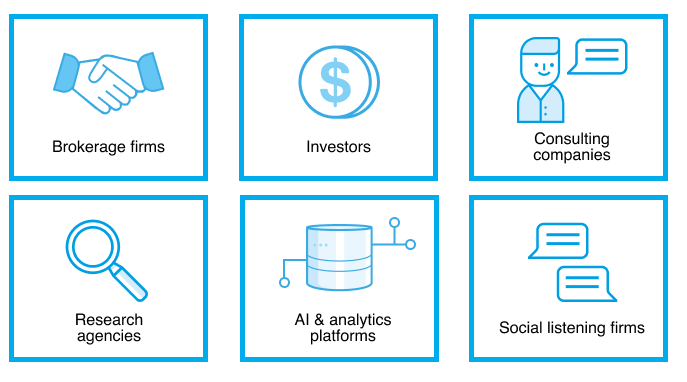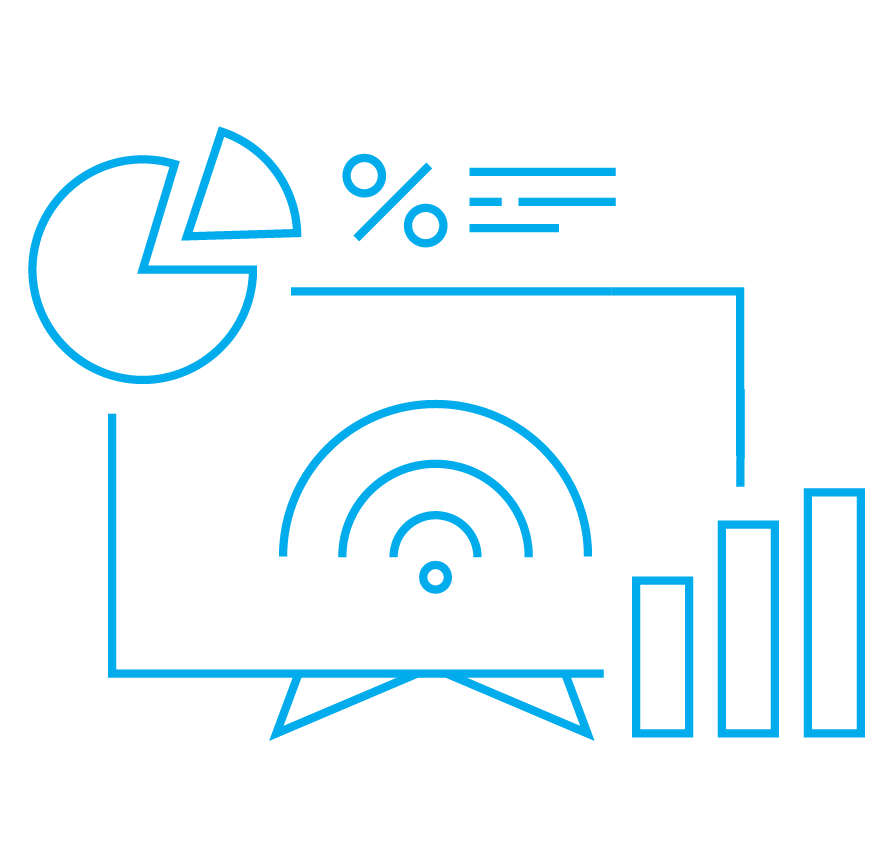- What Are The Traditional Data Sources for Analytic Systems?
- Why There a Rise of New Data Sources for Analytics?
- What Are The Types of New Data Sources for Analytic Systems?
- What Companies Can Utilize New Data Sources?
- How New Data Sources Are Leveraged for Analytics?
- What Are The Benefits for Companies Using New Data Sources for Analytics?
- What Are The Future Trends of Emerging Data Sources?
- What Is The Future of Analytics?
In today’s fast-paced business environment, data has become the lifeblood of organizations. The ability to gather, analyze, and interpret data has become crucial for making informed business decisions that facilitate further growth. This is where analytics comes into play. Analytics is the process of extracting meaningful insights from data to drive business growth and improve operational efficiency. It enables organizations to understand customer behavior, identify market trends, optimize processes, and gain a competitive edge in the industry.
What Are The Traditional Data Sources for Analytic Systems?
While traditional data sources are reliable and well-established, they have their shortcomings. Structured data sources provide a narrow view of the business landscape and often lack the context required for meaningful analysis. Moreover, they are static and do not capture real-time information, making it difficult to respond to dynamic market conditions.
Additionally, traditional data sources are not designed to handle the massive volumes of data generated by today’s digital world. As a result, organizations are unable to leverage the full potential of their data assets.
Why There a Rise of New Data Sources for Analytics?
The rise of new data sources for analytics can be attributed to advancements in technology and the limitations of traditional data sources. In today’s digital age, traditional data sources alone are no longer sufficient to provide organizations with a comprehensive and real-time view of their business environment.
The emergence of new data sources offers organizations a wealth of untapped insights. Enabling businesses to gain a competitive advantage by providing a more holistic understanding of their customers, improved risk assessment, more rewarding investments, and enhanced business opportunities. By harnessing these new data sources, organizations can stay ahead of the curve and make informed decisions based on a broader range of information.
What Are The Types of New Data Sources for Analytic Systems?
The new types of data sources are the alternative data which can be utilized by businesses to gain insights and make informed decisions based on:
- Web traffic: Data collected on user behavior, such as the number of visitors, page views, and interactions on a website, providing insights of engagement, and preferences, helping businesses understand their audiences.
- Keywords feed: Data related to specific search terms or keywords used by users, assisting businesses in understanding market trends, consumer preferences.
- Clickstream: Sequential data of user clicks and browsing activity, providing valuable insights into user journeys, website navigation patterns, and conversion funnel analysis.
- Geo-location data: Information about the physical location of users, helping businesses analyze foot traffic, target specific regions, and personalize marketing campaigns based on location-based preferences.
- ESG data: Environmental, Social, and Governance data that assesses a company’s sustainability practices, social impact, and corporate governance, aiding investors in making socially responsible investment decisions.
- Credit card transactions: Data derived from credit card purchases, offering insights into consumer spending patterns, purchase preferences, and market trends, helping businesses refine marketing strategies and detect fraudulent activities.
What Companies Can Utilize New Data Sources?
New data sources provide valuable insights for businesses in various industries, including finance, marketing, and risk management. Companies that utilize new data sources typically have dedicated data science teams responsible for managing and analyzing the data to gain valuable insights and make informed decisions.
New data sources can be used by:
- Brokerage firms
- Research companies & agencies
- investors
- AI & analytics platforms
- Consulting companies
- Social listening firms

How New Data Sources Are Leveraged for Analytics?
New data sources encompass unconventional information sources that offer valuable perspectives on diverse business:

Data analytics:
- cryptocurrency analysis,
- sentiment,
Social listening:
- user interest
- brand mentions
Market trends
- consumer needs & behavior
- technology trends
Utilizing new data sources enables businesses to comprehend consumer preferences, sentiment, and behavior, streamlines informed decision-making and risk management. Embracing non-traditional data sources allows organizations to stay ahead in the data-driven world and gain a competitive advantage.
What Are The Benefits for Companies Using New Data Sources for Analytics?
Companies that utilize alternative data sources in their analysis can benefit in several ways:
- Enhanced Competitive Role: New data sources allow companies to take a more competitive role by providing them with valuable insights that traditional data sources may not capture.
- Better Decision-Making: By incorporating emerging data sources such as companies can ensure more accurate and informed decision-making.
- Deeper Customer Understanding: New data sources can broaden a company’s understanding of a prospective customer, enabling them to tailor their products or services to meet the customer’s needs more effectively.
- Improved Risk Assessment: Non-traditional sources provide greater assurances about a customer’s risk profile, allowing companies to assess and manage risks more effectively.
- More Rewarding Investments: Utilizing new data sources allow companies to identify market advantages and make more rewarding investments, leading to better financial outcomes.
- Enhanced Business Partnerships: By leveraging data, companies can make data-backed decisions when selecting business partners, leading to more successful and mutually beneficial partnerships.
In order to benefit from non-traditional data sources, companies have to work with data scientists who help uncover valuable information and insights by utilizing proper technology systems and tools. These skilled professionals are equipped with the knowledge and expertise to collect, clean, analyze, and interpret data from various sources such as digital traffic data, activity feeds, keyword feed, clickstream, geo-location data, and credit card transactions.
By leveraging their skills and the right tools, data scientists can extract meaningful patterns, correlations, and trends from these emerging data sources, enabling businesses to make informed decisions and gain a competitive edge in the market.
What Are The Future Trends of Emerging Data Sources?
The field of analytics is constantly evolving, and new data sources are continuously emerging. As technology advances, organizations can expect to see the integration of even more diverse data sources into their analytics systems. For example, emerging technologies such as blockchain and augmented reality have the potential to generate new types of data that can be leveraged for analytics.
Additionally, advancements in artificial intelligence and machine learning will enable organizations to derive deeper insights from complex data sets. The future of analytics lies in the seamless integration of traditional and new data sources to drive innovation and business success.
What Is The Future of Analytics?
Analytics has become an essential tool for organizations looking to thrive in today’s data-driven world. While traditional data sources provide valuable insights, they are limited in their scope and ability to capture real-time information. By harnessing new data sources such as social media and alternative data organizations can gain a more comprehensive and real-time view of their business environment.
However, working with new data sources comes with its own set of challenges, including data volume, privacy concerns, and talent requirements. By leveraging the right tools and technologies, organizations can effectively analyze and interpret data from diverse sources, driving innovation and competitive advantage. Embracing the future of analytics means embracing the power of new data sources and staying ahead of the curve in today’s rapidly evolving digital landscape.



